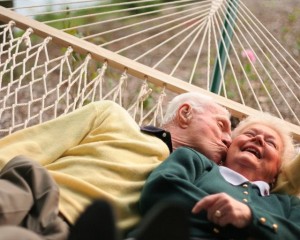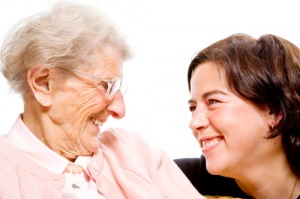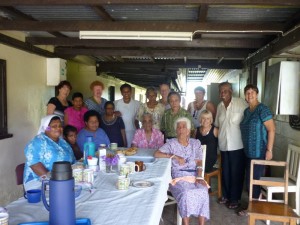Attachment is the bond of affection and care that characterises most of our close relationships as human beings and can be seen in many animals.
John Bowlby, the British psychoanalyst who is regarded as the father of attachment theory suggested that attachment is a phenomenon that is active throughout the life cycle from infancy to old age.
Attachment figures are the caregivers who provide a safe haven and secure base from which infants and then we as adults move out to form our own lives and establish intimate attachment relationships. As adults we also internalise the capacity to form secure attachments so that the attachment figure does not have to be in the room with us but we can still feel loved and safe.
Some people however do not internalise secure attachments. Rather they internalise insecure, anxious attachments or avoid attachments altogether in their lives.
Ainsworth who is regarded as the mother of attachment theory, identified three styles of attachment that I have just referred to: Secure, Anxious/ ambivalent and Avoidant. These continue into adulthood and are present in parenting or caregiving styles of parents and others involved in close relationships with others.
Caregiving is an attachment experience in which we act as attachment figures to people who are dependent on us to provide food, affection and safety. This is particularly true for people living with cognitive impairment who are unable to process life experience in the way they previous have done and who engage with the world of social relationships in a way that is reminiscent of their previous attachment styles.
So we see dependent behaviour, asking for mother or father, wanting to go home, asking what they can do next, calling out, sexualising contact, and being clingy as attachment behaviour of proximity seeking, a behaviour that is a hallmark sign of attachment.
However, such proximity seeking is not the only sign that an attachment is active. We also see angry outbursts, pushing the attachment figure away, attacking, as the reaction to an attachment need not being met by the desired caregiver. Then if the attachment figure does not respond for long enough the person gives up and disengages. This is often the reaction we see by people living with dementia who are left for long periods without stimulation or not interacted with, not spoken to, not noticed, or simply ignored by passing staff.
Attachment behaviour in dementia is a common experience and the explanation for much ‘disturbed’ or ‘challenging’ behaviour.
Where have you noticed attachment behaviour in the people you care for?


